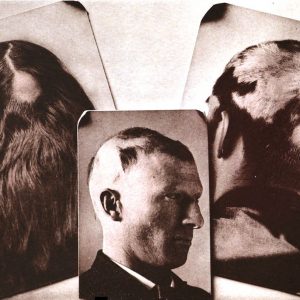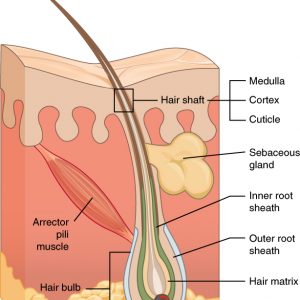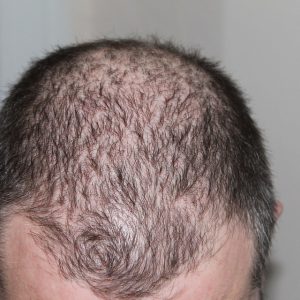Chemotherapy-Induced Hair Loss Chemotherapy can be used to cure or control the spread of cancer1. Chemotherapy treatments are commonly associated with side effects as cytotoxic drugs can have a damaging impact on healthy cells2. Hair loss can be a distressing side effect of chemotherapy treatments, influencing a patient’s body image
Read more →Alopecia Areata (AA) Alopecia areata (AA) or ‘spot baldness’ is a common hair loss condition, affecting over 2.4 million Americans1. In AA patients, actively growing hair follicles are attacked by the body’s immune system, making this hair loss condition an autoimmune disorder2. The onset of AA most commonly occurs in
Read more →Trichorrhexis nodosa (TN) is a hair shaft disorder affecting all ethnicities1. Individuals with this disorder usually have fragile or easy to break hair due to cuticle loss (loss of the outer hair shaft layer)2. When the cuticle disappears, the exposed fibers separate and start to fray, looking a little like
Read more →Hair transplant surgeons describe hair loss in patients using classification systems. Classification systems can provide several advantages. They can help to determine what therapies or surgical procedures to use and help to standardize hair loss terminology, enabling better communication between hair transplant surgeons. Some systems are more comprehensive than others
Read more →Hair loss can be caused by many different conditions such as chemotherapy-induced alopecia, androgenetic alopecia (male pattern baldness) and alopecia areata (spot baldness). Alopecia areata or ‘spot baldness’ is an autoimmune disease where actively growing hair follicles are attacked by the body’s own immune system1. This condition can lead to
Read more →
















